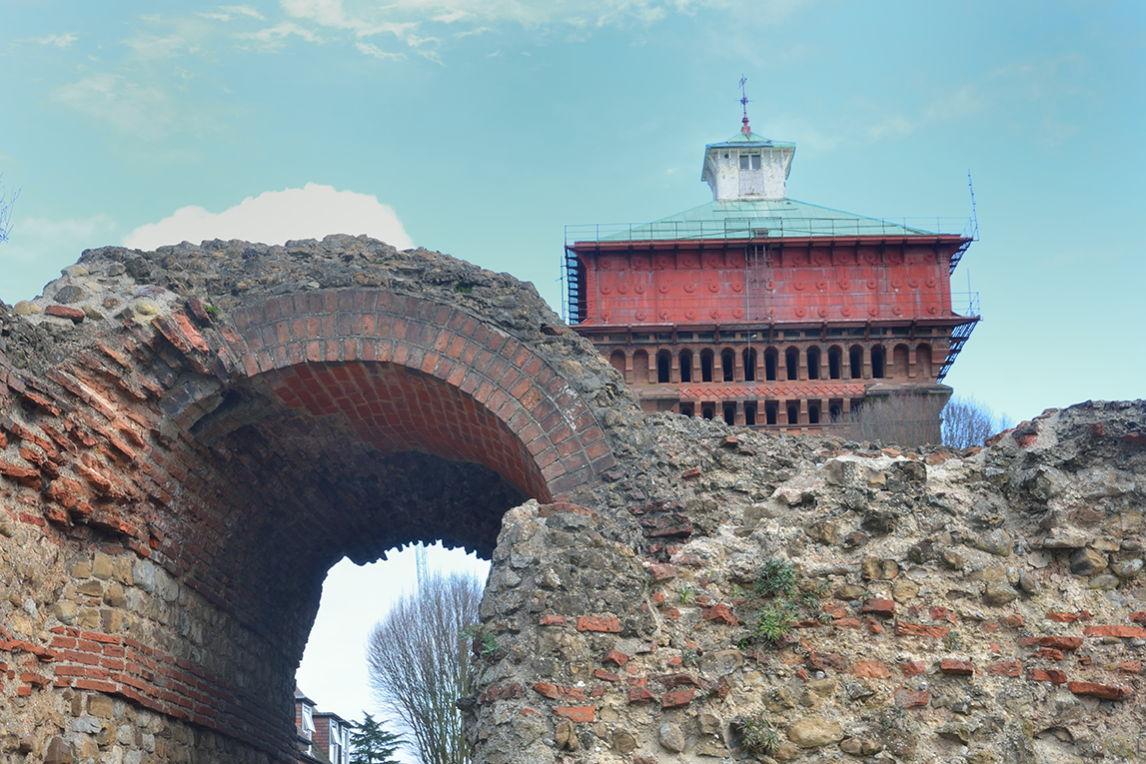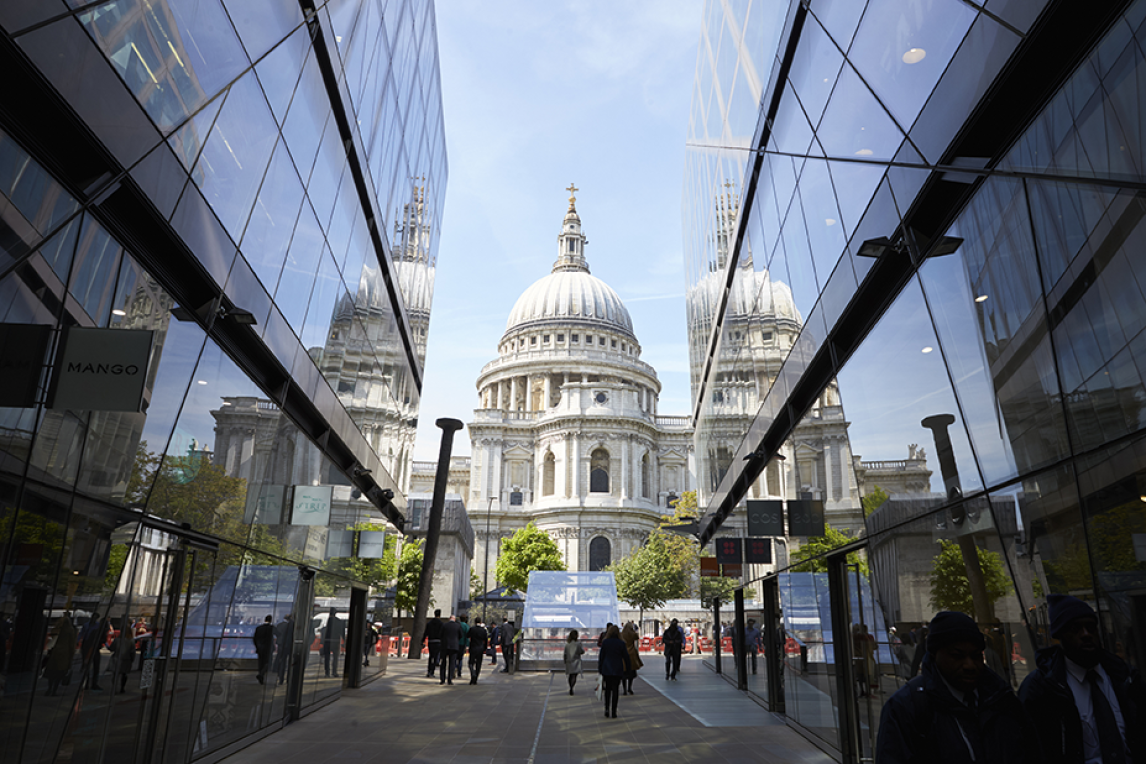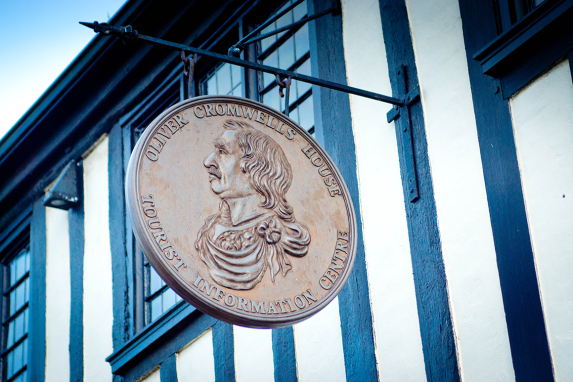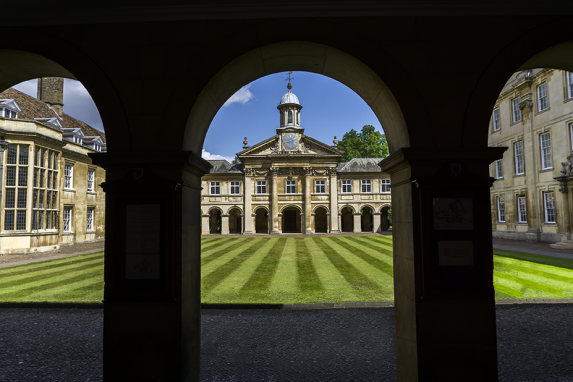Words by Helen Dorritt
With the Easter holidays looming large (and GCSEs and A-levels even larger), swap text books for travel and take the kids on an informative day out across the network, where you can follow in the footsteps of revolutionaries, Romans and rogues. Here’s how to bring history alive…
Learn about the Romans in Colchester
Once the capital of Roman Britain, Colchester is the oldest recorded town in the UK. Highlights of Camulodunum, as it was then known, include the only chariot racing track in the country, lavish houses with mosaics and underfloor heating and three theatres. There are lots of ways to explore the history of this fascinating city: you can walk the Roman walls, listen to an audio tour or download the Ancient Colchester app to bring the sites to life.
Nearest station: Colchester
See Viking conquerors in Norwich
The kingdom of East Anglia was conquered by the Vikings in 867 and was ruled for generations under Danelaw as a separate kingdom to the rest of England. Even now, this influence still remains – many of the street names in Norwich can be traced back to the Vikings, and Norwich’s rich trading history was kickstarted by the Viking invaders. Until 8th September, Norwich Castle Museum and Art Gallery is hosting Viking: Rediscover the Legend , a major exhibition in partnership with the British Museum and York Museums Trust. This looks at how Viking culture transformed life in Britain, including discoveries by archaeologists and metal detectorists.
Other notable historic figures to investigate in Norwich include World War 1 nurse and Spy Edith Cavell, who is buried next to the cathedral and has a commemorative statue there, while Admiral Lord Nelson went to the Norwich School, also next to the cathedral.
Nearest station: Norwich
Walk through history in the City of London
This square mile in the heart of London is a microcosm of English history, taking you from the Romans through the medieval era to the modern day – the City is still the UK’s centre for finance. Notable buildings to visit include the Bank of England , the Old Bailey , Dr Johnson’s House , Mansion House (the Lord Mayor’s official residence) and St Paul’s Cathedral , Sir Christopher Wren’s 18th century masterpiece. These historic facades are juxtaposed with modern buildings such as The Cheesegrater and 110 Bishopsgate.
Nearest station: London Liverpool Street
Step into a novel in Ipswich
Charles Dickens visited Ipswich many times and immortalised it in his novel The Pickwick Papers, where he wrote: “In the main street of Ipswich… stands an inn known far and wide by the appellation of The Great White Horse, rendered the more conspicuous by a stone statue of some rampacious animal with flowing mane and tail, distantly resembling an insane cart-horse, which is elevated above the principal door... Never were such labyrinths of uncarpeted passages, such clusters of mouldy, ill-lighted rooms, such huge numbers of small dens for eating or sleeping in, beneath any one roof, as are collected together between the four walls of the Great White Horse at Ipswich.” You can still see the original hotel building on the corner of Tavern Street and Northgate Street, with its sign, although it’s now been split into shops.
Nearest station: Ipswich
Experience the Civil War in Ely
Bring the English Civil War to life with a trip to Oliver Cromwell’s house in Ely. Cromwell moved to this property in 1636 and stayed for ten years, during which time Civil War broke out and he became one of the key Roundheads. His house is now a museum which includes an interactive Civil War exhibition, the chance to try on costumes from the era and a mini encampment where you can experience life on the battlefields.
Nearest station: Ely
Be inspired in Cambridge
A wander around the colleges of Cambridge University means following in the steps of hundreds of distinguished alumni from every walk of life: scientists such as Sir Isaac Newton and Stephen Hawking; Prime Ministers William Pitt the Younger and Spencer Perceval; writers such as CS Lewis, Zadie Smith and Christopher Marlowe; and many, many more. The Fitzwilliam Museum also has a vast collection of art from famous names including Degas, Monet, Turner, Titian, Constable and Rubens, making it an ideal destination for budding artists. So many elements of the curriculum can be brought alive with a day trip here, as well as an appreciation for beautiful architecture.
Nearest station: Cambridge
Go to prison in Great Yarmouth
Great Yarmouth is home to one of the oldest jails in the UK, where you can discover the fate of the smugglers, witches and pirates who were kept there. The Tolhouse Gaol is located in a 12th century merchant’s house, and explores the story of crime and punishment in the area through displays and hands-on activities.
Nearest station: Great Yarmouth






